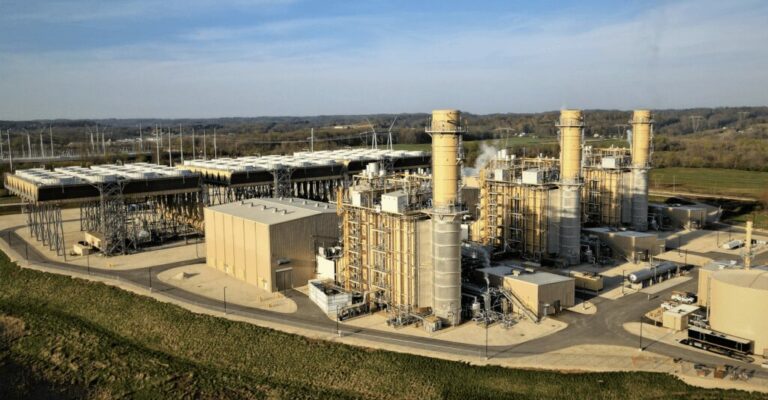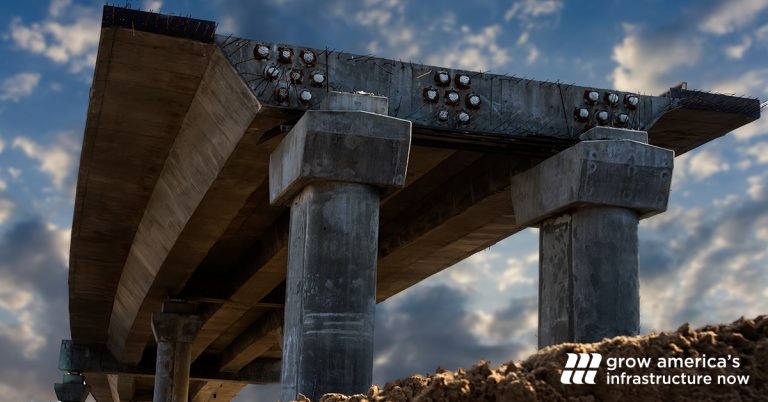EPA Considers Toughening Power Plant Rules
Over the last couple years, the Biden administration’s federal agencies have proposed rule after rule to establish additional red tape across our domestic energy sector. For example, the EPA proposed vehicle tailpipe emissions so stringent it would essentially mandate the widespread adoption of electric vehicles by 2030. Though the agency slightly walked back the requirements,…



